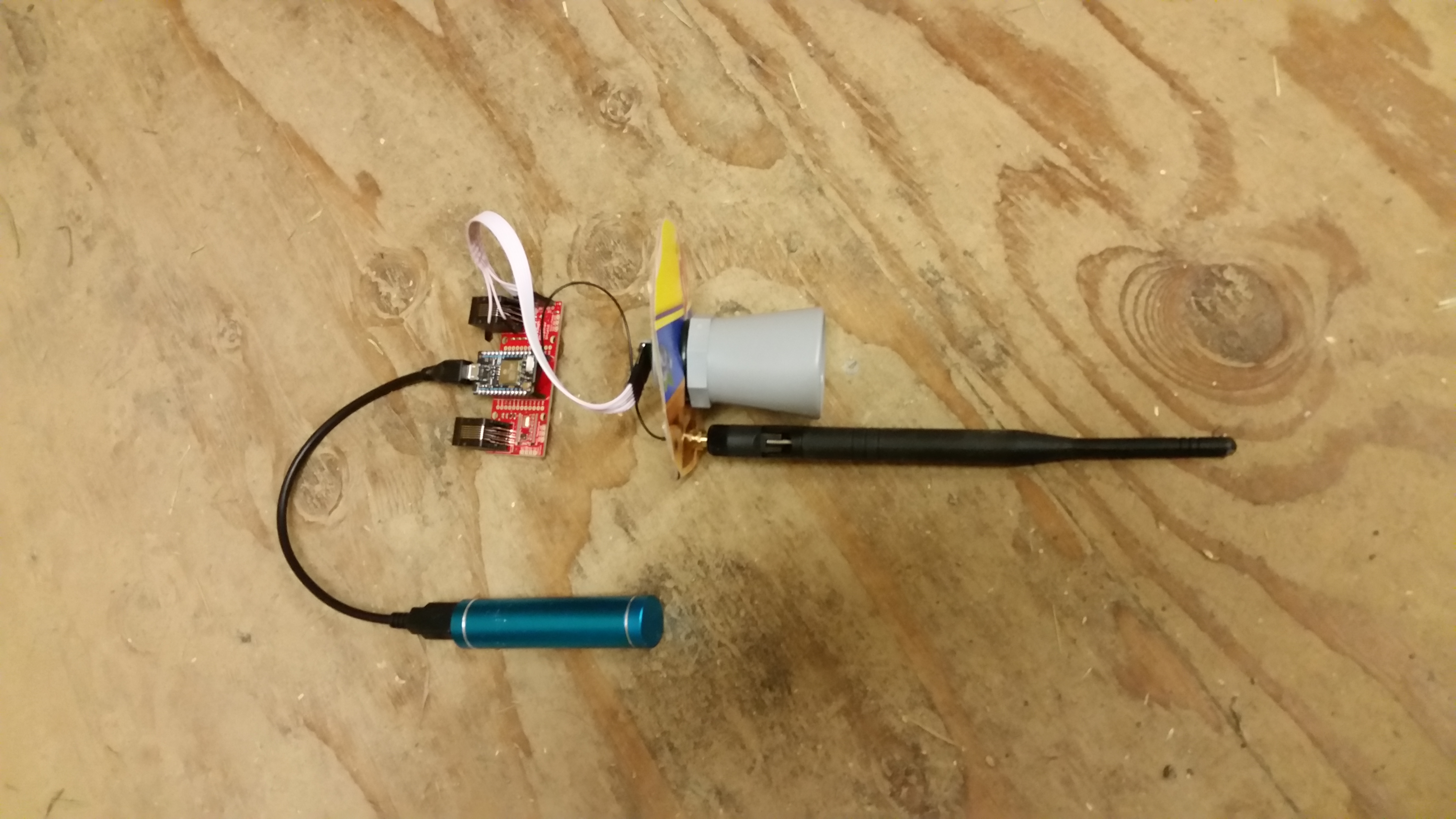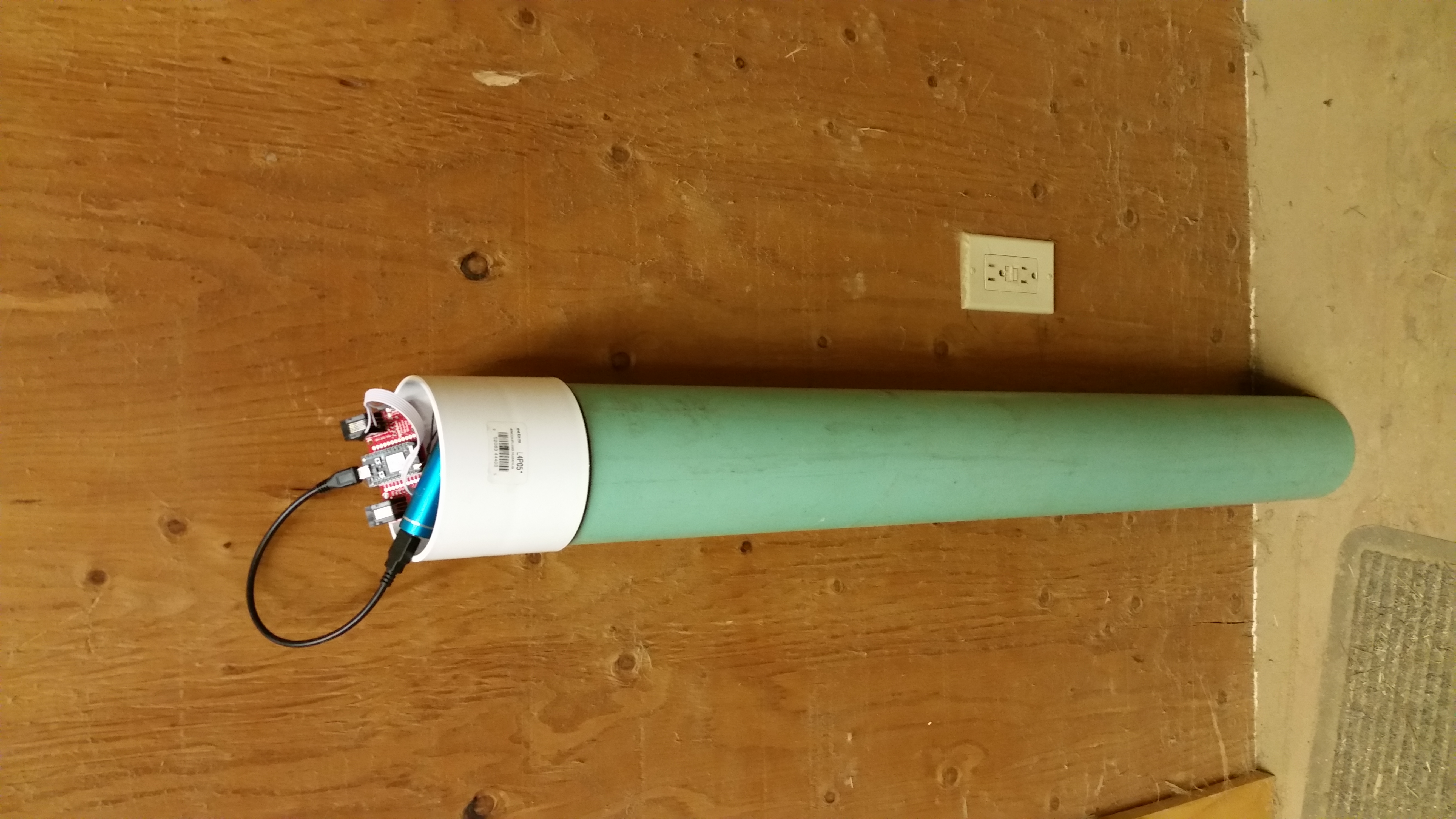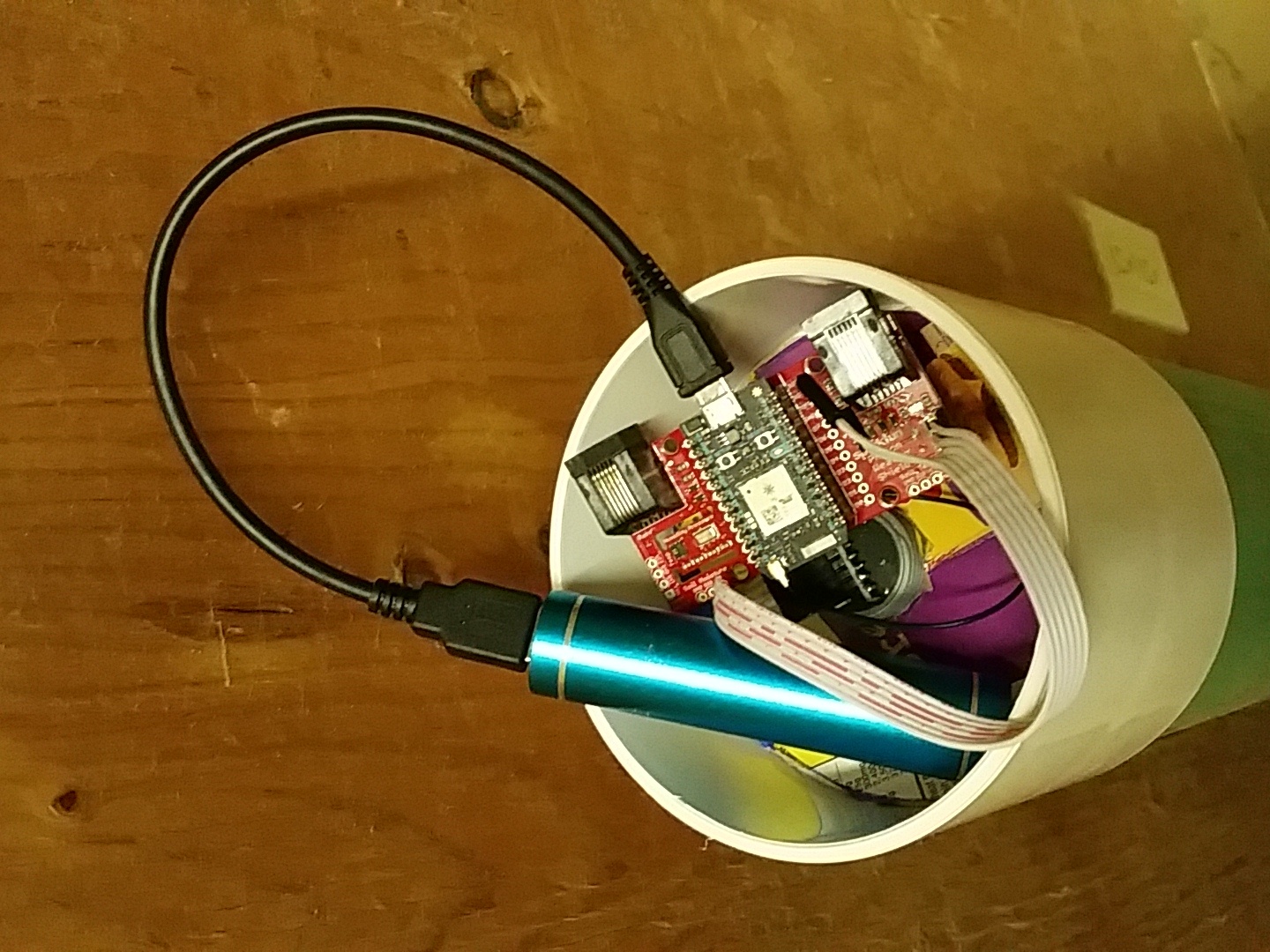Home › Forums › Environmental Sensors › Flood Network – Level Sensor Network
- This topic has 4 replies, 3 voices, and was last updated 2016-02-18 at 1:03 PM by
 neilh20.
neilh20.
-
AuthorPosts
-
-
2015-12-20 at 12:54 PM #1322
Hi all,
This is my first post on the board, but had to join in the conversation as I love what you guys are doing.
A couple of years ago we started experimenting with low-cost sensors and ultrasonics to measure water level. This year we launched a startup with some seed funding to get a network of water level sensors built. Various things have happened including trying to find a suitable business model to sustain it whilst still allowing the citizen science/crowdsourcing aspect to develop.
Our website (http://flood.network) is fairly light on technical details as it’s more about the end result (public flood map/private data products) but there is some history at http://oxfloodnet.co.uk which links to all the github code and a background blog post.
The hardware development has slowed over the past 9 months and I’m feeling the need to fix some problems. Some of the issues we get:
- Temperature sensors DS18b20 have mostly failed
- Distance readings are fluctuating slightly on single readings
- We’re using MB7060 which may not be as accurate as MB7389
- Maxbotix transducers comprise 80% of the cost of the devices and don’t have a great price at low volume
- Wireless range is terrible with our current radio and we’re planning to move to LoRaWAN as soon as possible
On the positive side, we have an IP67 rated device a few inches square, a reed switch to allow a reset without opening it, about 1 year battery life off a 4.7v lithium cell and the backend to process and log the data in large quantities.
Our aim is to bring all possible water level and flow sensors into the flood network to allow people to share their information quickly and easily. These can be user-installed, part of our commercial product, a third-party sensor or live data from an API (such as the one provided by the UK’s Environment Agency).
I can share more info and things we’ve learned from deploying sensors in the wild, but I thought I’d introduce myself. Hello!
Ben
-
2015-12-21 at 11:33 AM #1323
Hi Ben
Thanks for posting and the links. Fascinating and thanks for the status.
I was wondering, does the “Distance sensor” have a memory, can it report all readings if the gateway goes down for a couple of days.
I was wondering is there a schematic of the “Distance sensor ” https://github.com/OxFloodNet – I couldn’t find it to ask the above question
Neil -
2015-12-31 at 10:35 PM #1325
Very exciting. I’ve been working on something similar, though smaller in scale (just our farm in western Washington State [USA], between Seattle and the Cascade Mountains. I’ve been experimenting with the MB7040 I2CXL-MaxSonar-WR sensor, Particle.io Photons for MCU, communications and cloud connectivity along with Weather and Battery Shields from SparkFun, for accurate primary temperature, humidity, etc. and power management, as well as a few DS18b20 for additional temperature measurements.
I seem to be maintaining a project log in the community forums over at Particle.io.



-
2016-02-18 at 12:49 AM #1378
Made the first field trial with my setup this week.

-
-
2016-02-18 at 1:03 PM #1379
Hey congrats. Very nice.
I’ve been playing with the Particle.io photon as well, nice environment and easy to use.
I was wondering how do you plan on calibrating it and tracking the accuracy of the readings? – perhaps too early to ask that.
I always add a low cost aluminium measuring rule or USGS style manual gauge.I’ve been using thingspeak.com for recording – here is a basic visualization of data from a simple rain gauge I measured – actually using another board – but the Particle photon is so much nicer and I will be using it
https://thingspeak.com/channels/8652The nice thing about thingspeak is its basic data visualization, and you can decide what data to share on a public URL, and also what to keep private for management behind the scenes.
-
-
AuthorPosts
- You must be logged in to reply to this topic.

 Welcome to EnviroDIY, a community for do-it-yourself environmental science and monitoring. EnviroDIY is part of
Welcome to EnviroDIY, a community for do-it-yourself environmental science and monitoring. EnviroDIY is part of 

